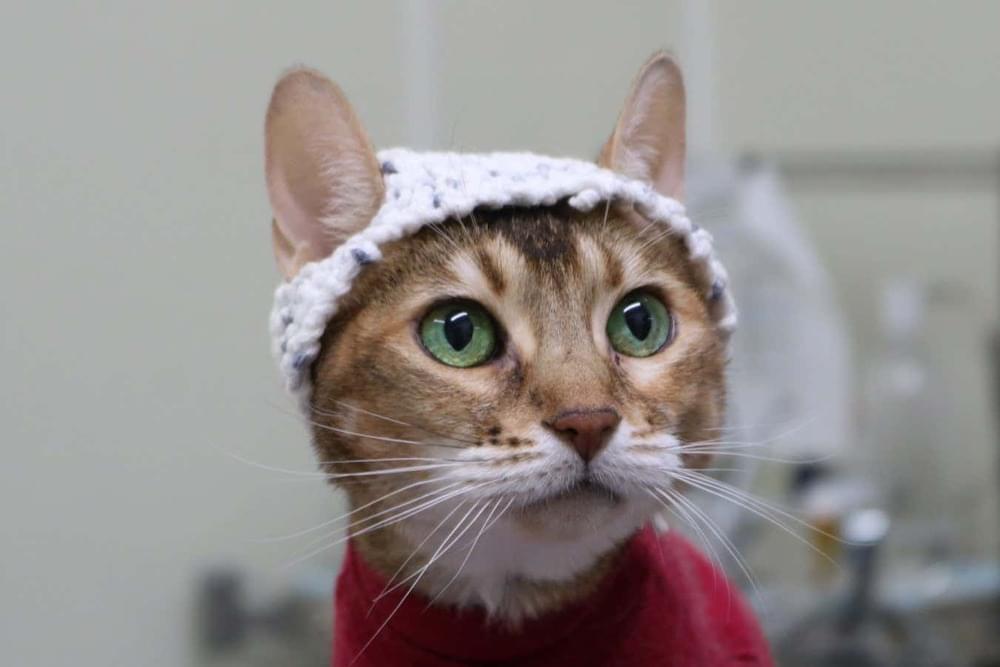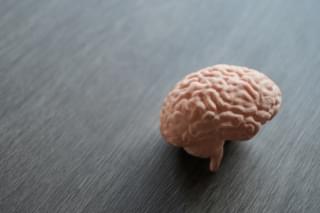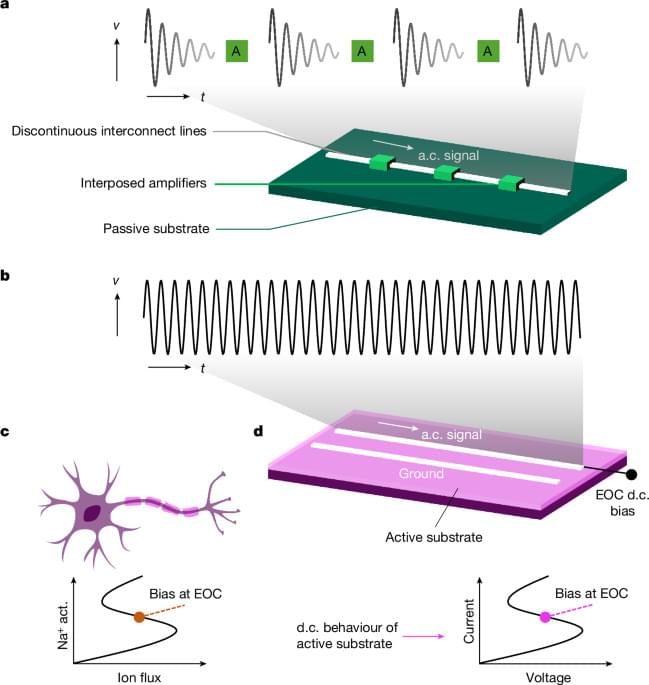Psychological stress disrupts communication between the brain and gut, reducing protective mucus production in the intestines. This weakens the immune system and makes the body more vulnerable to infections, but probiotics may help restore balance.


Can conscious self-awareness be coded in an algorithm? According to distinguished computer scientist Lenore Blum and Turing Award Laureate Manuel Blum the answer is \.

Custom-made wool caps have enabled scientists to record electroencephalograms in awake cats for the first time, which could help assess their pain levels.

A new study has uncovered significant differences in how male and female mice process threats, even as they exhibit similar behavioural responses. The discovery suggests that including both male and female subjects in neuroscience research will lead to more accurate conclusions and ultimately better health outcomes. Understanding the influence of sex on brain function can help explain why males and females develop certain psychiatric disorders at different rates or with different symptoms, the researchers said. ‘Unless we thoughtfully and rigorously integrate sex into biomedical research, a huge amount of the population may be underserved by scientific knowledge,’ said McGill University Associate Professor and Canada Research Chair in Behavioural Neurogenomics Rosemary Bagot, who led the study. ‘Our work shows that sex is an important variable to consider, even if initial observations don’t necessarily show clear sex differences,” said Bagot. “If males and females are using different brain circuits to solve similar problems, they may be differently vulnerable to stress and respond differently to treatments.’ How brain circuits process threats and cues The study focused on two related brain circuits and their roles in processing information about threats and the cues that predict them. The researchers trained mice to recognize a sound that signalled a threat and another sound that meant safety. By observing brain activity, the team saw how communication between different brain areas processed these signals. Then, they temporarily turned off each brain connection to see how it affected the mice’s reactions, helping them understand how the brain handles threats. ‘We found that even though male and female mice respond similarly to threats, the brain circuits underlying these responses are not the same,’ Bagot said. For female mice, a connection between two specific brain areas (the medial prefrontal cortex and the nucleus accumbens) played a key role. The study found that in male mice, a different connection (between the ventral hippocampus and the nucleus accumbens) was more important for handling the same situation. It was previously assumed that similar behavior meant similar brain function. Now, the researchers are exploring how sex impacts brain circuits in processing threats, focusing on the role of sex hormones and different learning strategies. This research is supported by funding from CIHR. About the study Sex-biased neural encoding of threat discrimination in nucleus accumbens afferents drives suppression of reward behavior by Jessie Muir, Eshaan Iyer et al., was published in Nature Neuroscience.

Dr. Tim Brown.
Taking…
Axon-mimicking Materials for Computing https://engineering.tamu.edu/news/2024/09/axon-mimicking-mat…uting.html.
Biology does things differently: some signals in the brain are also transmitted across centimeter distances, but through…
A method using semi-stable edge of chaos in LaCoO3 enables continuous signal amplification in metallic conductors without separate amplifiers, potentially revolutionizing electronic chip design.

Spatiotemporal data consisting of measurements gathered at different times and locations is challenging to analyse due to variability and noise impact across different scales. The authors propose a statistical approach that delivers models of large-scale spatiotemporal datasets applicable to data-analysis tasks of forecasting and interpolation.

Researchers at SWC have mapped how the brain transforms sensations into action.
Read the story: https://sainsburywellcome.org/web/research-news/brain-wide-d…discovered.
Full paper in https://nature.com/articles/s41586-024-07908-w.
This study explores how the brain connects…
Brain-wide recordings in mice show that learning leads to sensory evidence integration in many brain areas simultaneously, allowing sensory input to drive global movement preparatory dynamics, which collapse upon movement onset.

Past neuroscience studies have consistently highlighted the profound changes that the human brain undergoes throughout childhood and adolescence. These efforts have uncovered various stages of development, during which the brain’s organization evolves to support increasingly complex cognitive functions, gradually shifting from a focus on somatosensory/motor and visual processing to more advanced mental capabilities.
These stages of brain development and their underlying neurobiological processes have been closely studied and are now relatively well-understood. In contrast, the contributions of specific functional networks (i.e., interconnected brain regions that collectively serve specific functions) to the brain’s maturation process remain poorly delineated.
Researchers at Yale University, National University of Singapore and Beijing Normal University carried out a study investigating the extent to which individual functional networks contribute to the maturation of the brain and the gradual acquisition of new cognitive abilities before adulthood.

Alzheimer’s, Parkinson’s, and other neurological disorders can be seen as “dirty brain” diseases, where the brain struggles to clear out harmful waste. Aging is a key risk factor because, as we grow older, our brain’s ability to remove toxic buildup slows down. However, new research in mice demonstrates that it’s possible to reverse age-related effects and restore the brain’s waste-clearing process.
“This research shows that restoring cervical lymph vessel function can substantially rescue the slower removal of waste from the brain associated with age,” says Douglas Kelley, a professor of mechanical engineering at the University of Rochester. “Moreover, this was accomplished with a drug already being used clinically, offering a potential treatment strategy.”
Kelley is one of the lead authors of the study, which appears in the journal Nature Aging, along with Maiken Nedergaard, codirector the University’s Center for Translational Neuromedicine. The study is one of many collaborations carried out by researchers at Rochester’s Hajim School of Engineering & Applied Sciences and the Medical Center.
